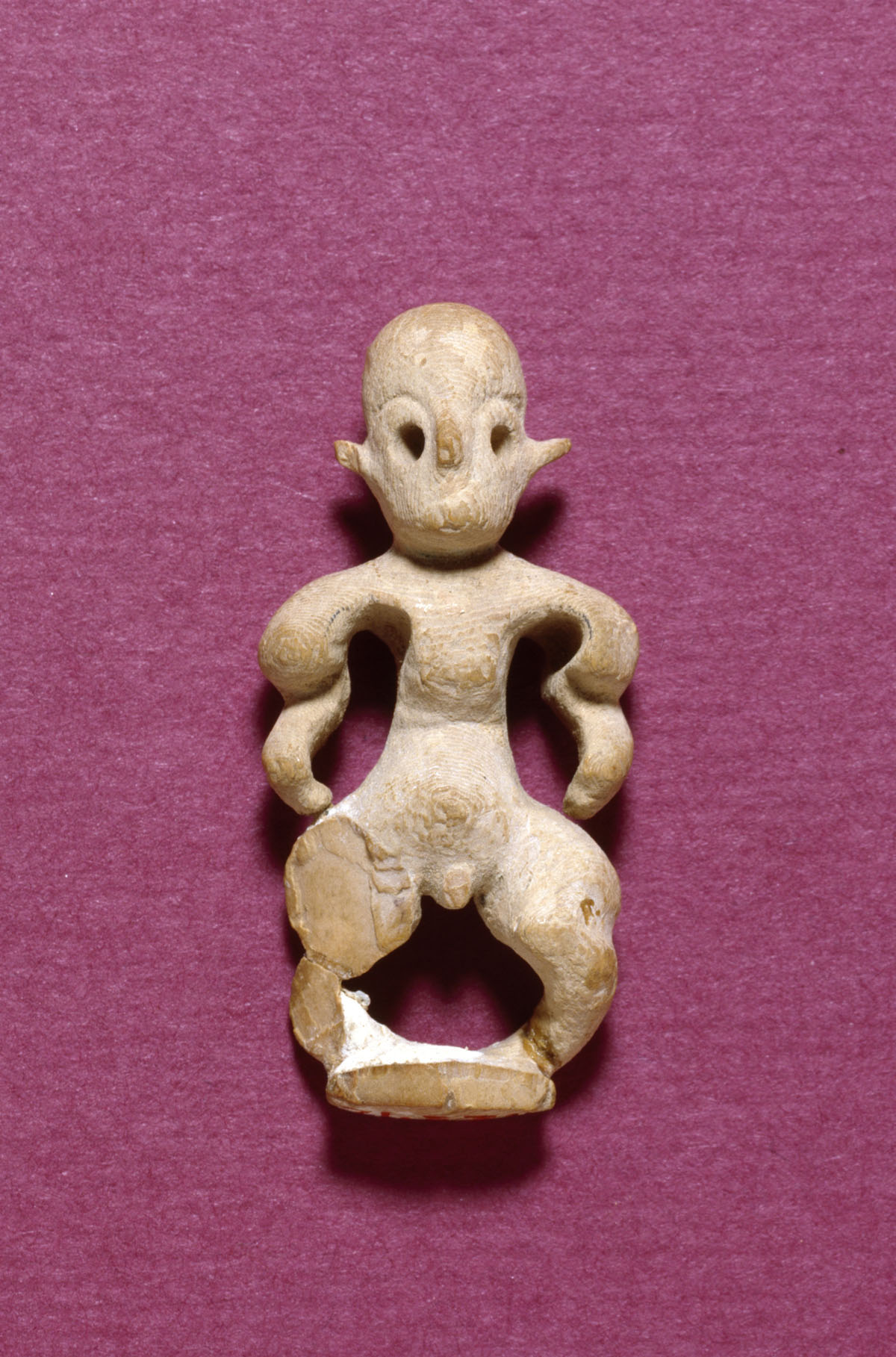
Dwarfism is a medical condition characterized by an extremely short stature. This condition is sometimes defined as an adult height of less than 4 feet 11 inches (147 cm). Dwarfism can result from more than 200 different medical conditions, but the short stature itself isn’t considered a disorder. Accordingly, there are more than 200 different types of dwarfism, but all of them can be easily classified into a couple of main categories. Disproportionate dwarfism refers to the type of dwarfism where a person has one or more body parts relatively larger or smaller than normally developing adult. Proportionate dwarfism refers to a condition where a patient is small all over. Here is a brief review of some of the most common types of dwarfism.
Achondroplasia
Achondroplasia is the most common type of disproportionate dwarfism. The condition usually results from a sporadic mutation or it may be inherited in an autosomal dominant genetic disorder. If both of the parents have this disorder and pass on the faulty gene on their child, the child won’t have many chances to survive for longer than a couple of months from its birth. Mortality of children under 2 years is higher. This is a rare condition that affects approximately 1 in 25.000 persons. It is characterized by short stature and an average height of 131 cm for men, and 123 cm for women. Mortality in achondroplasia for people who reach adulthood is slightly below average (approximately 10 years) compared to the population that isn't affected by dwarfism.
Primordial dwarfism
Primordial dwarfism is a type of dwarfism characterized by a smaller body size in all stages of life beginning from before birth. Most of the individuals affected by this condition are very small even as fetuses. However, the condition is rarely diagnosed before the age of three. Some subtypes of primordial dwarfism are the most serious types of dwarfism and many of these patients never survive past the age of 30.
Pseudoachondroplasia
This is a type of dwarfism characterized by short limbs. Pseudoachondroplasia is a genetic autosomal dominant disorder which is typically diagnosed at the age of two or three. First symptoms of pseudoachondroplasia include developmental delay characterized as holdup in crawling, walking, or a waddling gait. People affected with this disorder usually have 80-130 centimeters in height and suffer from knee deformities.
Pituitary Dwarfism
Pituitary Dwarfism is caused by growth hormone deficiency. Pituitary gland, also known as the hypothesis, produces the growth hormones. This hormone is important to stimulate the growth and cell reproduction. People suffering from problems in pituitary gland will typically have slow or delayed growth. They usually appear as proportionate but little persons, since all of their body structures are decreased.



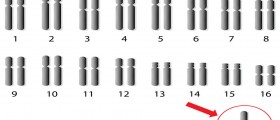

-And-Children-16-Warning-Signs-And-Symptoms_f_280x120.jpg)

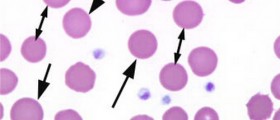

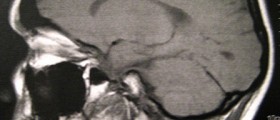






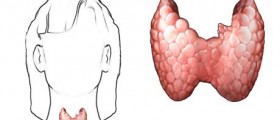
Your thoughts on this
Loading...